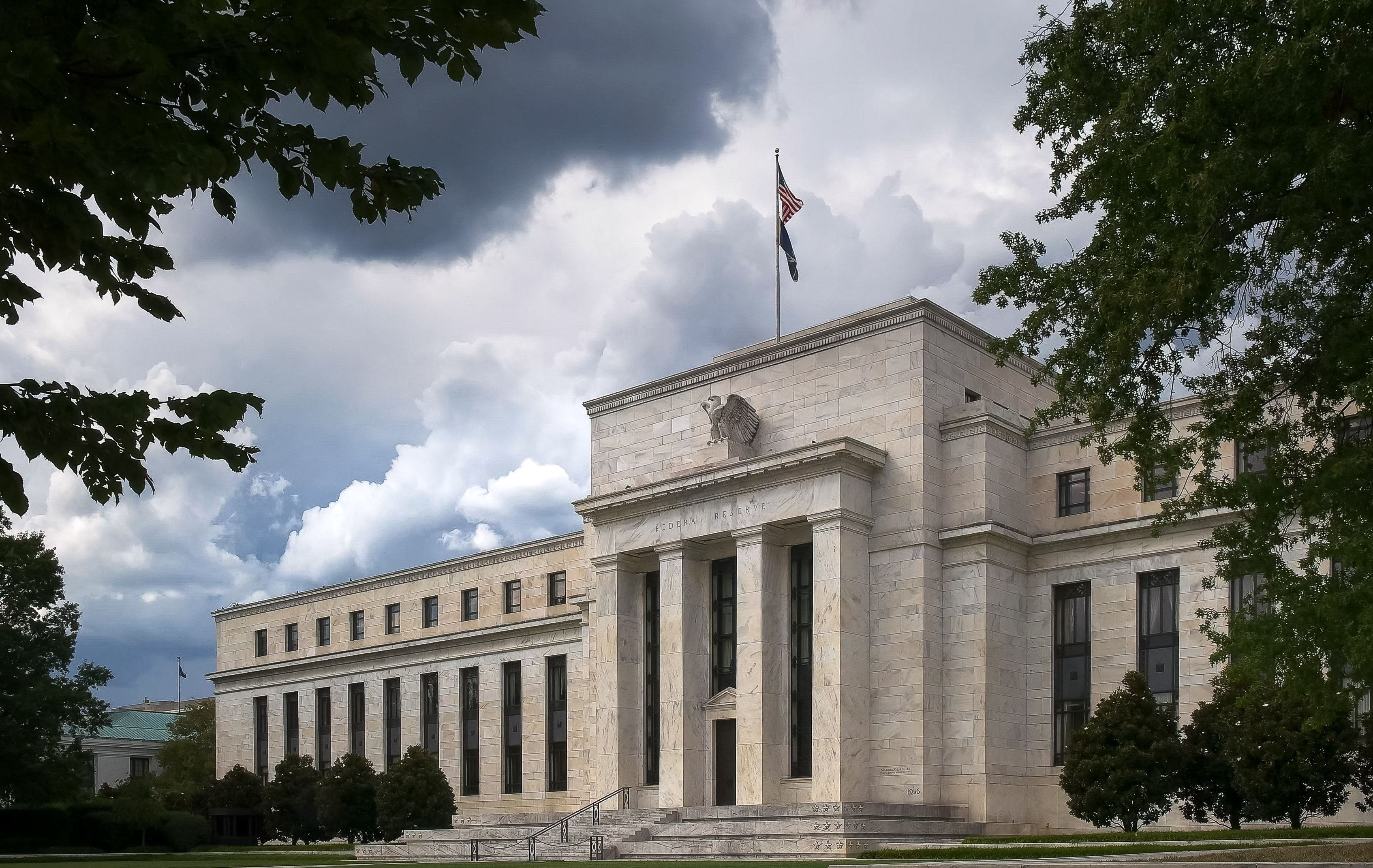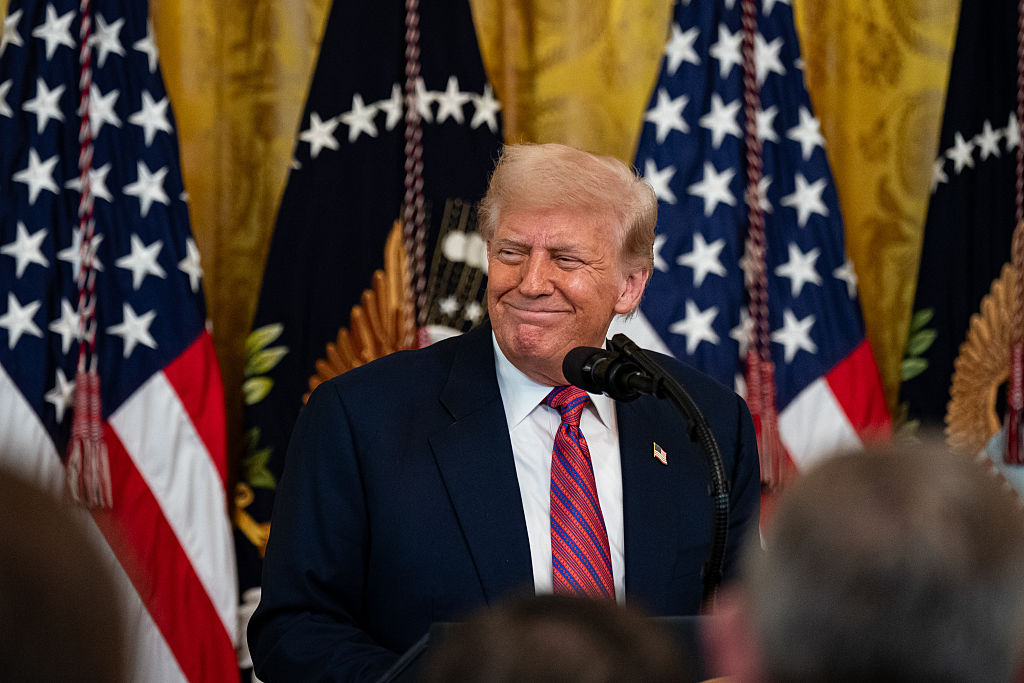How Our No-Stock Portfolio Fared
Shortly after Thanksgiving last year, we created a Tofurky portfolio that managed to produce some tasty returns.

Aside from short sellers and people who had no money in stocks, investors weren’t feeling especially grateful around Thanksgiving of 2008. In fact, on the Monday after the holiday weekend, the Dow Jones industrial average lost nearly 680 points, or 7.7%. That was the fourth time in three months that the average had crashed by more than 675 points in a single day.
With distaste for stocks running high, we decided to assemble a stock-free portfolio that offered the potential of delivering stock-like results over time (see The No-Stock Portfolio). We called it the Tofurky portfolio.
Today, the world looks a lot less scary than it did when we developed the Tofurky-portfolio conceit. The economy has stopped shrinking, and stocks have rallied spectacularly. Our Tofurky portfolio has done pretty well: From the time we unveiled it through November 20, the package produced a total return of 23%. Here are the bite-by-bite details.
From just $107.88 $24.99 for Kiplinger Personal Finance
Become a smarter, better informed investor. Subscribe from just $107.88 $24.99, plus get up to 4 Special Issues

Sign up for Kiplinger’s Free Newsletters
Profit and prosper with the best of expert advice on investing, taxes, retirement, personal finance and more - straight to your e-mail.
Profit and prosper with the best of expert advice - straight to your e-mail.
High-grade corporate bonds (15% of the portfolio). Blue-chip bonds have done splendidly throughout 2009. We cited a few individual bonds, such as a Wal-Mart issue with a coupon of 5.875% that matures in 2027. That one has appreciated 15% in a year, for a return of 22%, including interest. But because few of us would (or could) buy the exact bonds mentioned in our story, it’s more appropriate to check a comparable benchmark. The Barclays Capital index of long-term single-A-rated U.S. corporate bonds returned a solid 37% over the past year.
Real estate investment trust preferred stocks (15%). They may be called stocks, but preferreds behave more like debt instruments, paying a fixed dividend and carrying bond-like credit ratings. A year ago, REIT preferreds were being battered because of falling property values, resulting in extraordinarily high yields.
For example, preferred shares of Alexandria Real Estate Equities, which owns biotechnology and scientific lab properties, were priced to yield 11%, although their fixed coupon rate is 8.375%. That Alexandria preferred (symbol ARE.C) traded at $15 last Thanksgiving and closed November 20 at $24, for a gain of 60%, not counting $2.09 in dividends. More-speculative, junk-rated Duke Realty preferreds (DRE-J) doubled in price. The MSCI REIT Preferred index soared 84% over the same one-year period. We’ll score this by the index.
Oil and natural gas (15%). Our Tofurky included index funds that follow commodity prices rather than invest in shares of energy producers. We chose two exchange-traded funds, U.S. Oil Fund (USO) and U.S. Natural Gas Fund (UNG). Oil prices have rebounded, but not gas. As it turned out, however, neither of these ETFs, which trade futures contracts, effectively tracked the price of its commodity. Different choices would have shown better results. Mark USO and UNG with losses of 10% and 70%, respectively. These are the weakest parts of our tofu bird.
Municipal bonds (15%). Tax-free debt continues to be a reliable and popular source of income, particularly for high earners. With thousands of munis to choose from, it’s best to measure this category with an index rather than with a few particular sample issues. Over the past year, the Barclays Capital Municipal Bond index returned a healthy 12%.
Junk bonds (10%). You can give plenty of thanks for high-yield bonds. Their profile has been similar to that of REIT preferreds: Deeply out of favor during the credit crunch, junk rallied sharply in 2009. The Barclays Capital high-yield bond index zoomed 60% over the past year.
Gold (5%). Not much to add here to the obvious: On November 13, 2008, gold closed at $750 an ounce. On November 20, 2009, it traded at $1,150, for a gain of 53%.
Cash or cash equivalents (25%).Let’s not quibble about whether you put it in this bank or in that one, or found a CD that paid 1%. Cash has returned essentially nothing over the past year. Then again, you still have it.
The total. Multiplying these average gains by their weight in the portfolio, you get a total return of about 23%. Were it not for the dismal results of the energy ETFs and the zero return on cash, our Tofurky portfolio would have had a lot more to crow about. A 23% gain is pretty impressive for a stock-free portfolio, and surely you would have been happy to take that a year ago as you sat down to that (probably real) turkey dinner. I know I would have.
Next year’s recipe. A repeat of the past year’s results is unlikely. REIT preferreds and junk bonds are now so expensive that you should sell them and put the proceeds into safer stuff, such as an intermediate-maturity, high-quality bond fund from Vanguard or T. Rowe Price. Hold onto your cash, but be prepared to put it to work as interest rates come off of zero in 2010. Corporate and municipal bonds are keepers, although you may want to shorten your maturities a bit. Look for energy prices to continue to rise -- certainly over the long term. But the two ETFs we previously recommended may not be the best choices to capture those rising prices. A better idea for 2010 would be an ETF that combines energy futures with agricultural commodities and metals. It's PowerShares DB Commodity Index Tracking Fund (symbol DBC). As for gold, who knows? At 5% of a stock-free portfolio, why not keep it?
Profit and prosper with the best of Kiplinger's advice on investing, taxes, retirement, personal finance and much more. Delivered daily. Enter your email in the box and click Sign Me Up.

Kosnett is the editor of Kiplinger Investing for Income and writes the "Cash in Hand" column for Kiplinger Personal Finance. He is an income-investing expert who covers bonds, real estate investment trusts, oil and gas income deals, dividend stocks and anything else that pays interest and dividends. He joined Kiplinger in 1981 after six years in newspapers, including the Baltimore Sun. He is a 1976 journalism graduate from the Medill School at Northwestern University and completed an executive program at the Carnegie-Mellon University business school in 1978.
-
 Stocks Chop as the Unemployment Rate Jumps: Stock Market Today
Stocks Chop as the Unemployment Rate Jumps: Stock Market TodayNovember job growth was stronger than expected, but sharp losses in October and a rising unemployment rate are worrying market participants.
-
 Should You Renew Your CD?
Should You Renew Your CD?With rate cuts impacting earnings, we examine if now is a wise time to renew CDs.
-
 7 Ways to Plan Now to Save on Medicare IRMAA Surcharges Later
7 Ways to Plan Now to Save on Medicare IRMAA Surcharges LaterUnderstand the critical two-year lookback period and why aggressive planning before you enroll in Medicare is the most effective way to minimize IRMAA.
-
 What the Rich Know About Investing That You Don't
What the Rich Know About Investing That You Don'tPeople like Warren Buffett become people like Warren Buffett by following basic rules and being disciplined. Here's how to accumulate real wealth.
-
 How to Invest for Rising Data Integrity Risk
How to Invest for Rising Data Integrity RiskAmid a broad assault on venerable institutions, President Trump has targeted agencies responsible for data critical to markets. How should investors respond?
-
 The Most Tax-Friendly States for Investing in 2025 (Hint: There Are Two)
The Most Tax-Friendly States for Investing in 2025 (Hint: There Are Two)State Taxes Living in one of these places could lower your 2025 investment taxes — especially if you invest in real estate.
-
 The Final Countdown for Retirees with Investment Income
The Final Countdown for Retirees with Investment IncomeRetirement Tax Don’t assume Social Security withholding is enough. Some retirement income may require a quarterly estimated tax payment by the September 15 deadline.
-
 What Tariffs Mean for Your Sector Exposure
What Tariffs Mean for Your Sector ExposureNew, higher and changing tariffs will ripple through the economy and into share prices for many quarters to come.
-
 How to Invest for Fall Rate Cuts by the Fed
How to Invest for Fall Rate Cuts by the FedThe probability the Fed cuts interest rates by 25 basis points in October is now greater than 90%.
-
 Are Buffett and Berkshire About to Bail on Kraft Heinz Stock?
Are Buffett and Berkshire About to Bail on Kraft Heinz Stock?Warren Buffett and Berkshire Hathaway own a lot of Kraft Heinz stock, so what happens when they decide to sell KHC?
-
 How the Stock Market Performed in the First 6 Months of Trump's Second Term
How the Stock Market Performed in the First 6 Months of Trump's Second TermSix months after President Donald Trump's inauguration, take a look at how the stock market has performed.